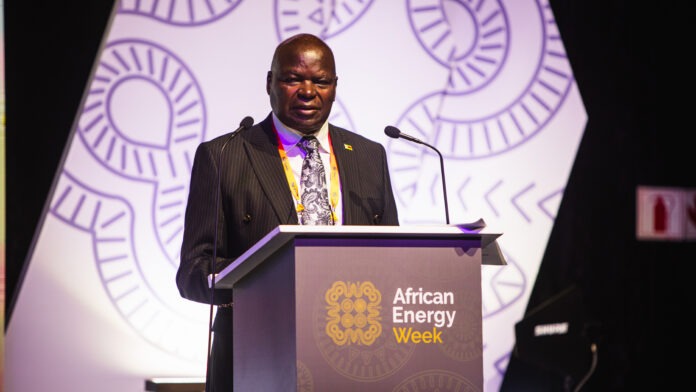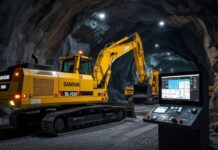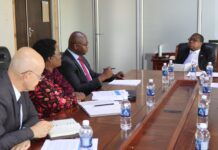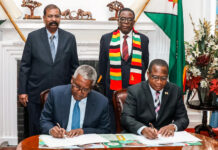CAPE TOWN, South Africa – Zimbabwe’s Minister of Power and Energy Development, July Moyo, has warned that the country’s industrialisation ambitions – and Africa’s broader economic transformation – cannot rest solely on renewable energy, urging governments to safeguard baseload power while embracing green technologies.
Delivering a keynote address at the African Energy Week (AEW): Invest in African Energies 2025 in Cape Town on October 3, Moyo said the continent faces a dual challenge: scaling up renewable technologies to meet climate targets while ensuring heavy industries receive uninterrupted, high-capacity electricity.
“Recent years have witnessed an increasing trend – the rise of renewable energy technologies,” Moyo said. “However, steel, mining and manufacturing require constant and high-capacity electricity. Herein lies Africa’s challenge – how to strike the right balance between scaling up renewables and maintaining the current baseload.”
Zimbabwe’s Power Struggles
Moyo’s remarks carry particular weight for Zimbabwe, where businesses and households continue to grapple with recurring power shortages. Hydropower from Kariba Dam has been disrupted by prolonged droughts, while Hwange thermal power station – the country’s largest coal-fired plant – has battled frequent breakdowns despite recent upgrades.
To plug the shortfall, Zimbabwe has relied on electricity imports from Mozambique, South Africa, and Zambia, straining foreign currency reserves and raising concerns over energy security. The introduction of the Zimbabwe Gold (ZiG) currency earlier this year has further complicated power imports, as regional suppliers demand hard currency payments.
Balancing Renewables and Reliability
The government has licensed dozens of independent power producers (IPPs), particularly in the solar sector, as part of efforts to diversify supply. Several projects are underway in Mashonaland, Matabeleland and Manicaland, with promises of feeding hundreds of megawatts into the national grid in coming years.
But Moyo stressed that while solar and wind offer clean and decentralised solutions, they cannot yet sustain Zimbabwe’s energy-intensive sectors such as mining, steel, and manufacturing. “Renewables must be complementary, not replacements,” he argued, adding that conventional baseload generation remains indispensable for industrial growth.
Industrialisation and the Energy Gap
Zimbabwe’s economic strategy hinges on reviving its mining industry, boosting manufacturing, and promoting value addition in sectors such as lithium, platinum, and steel. Yet chronic power shortages have slowed investment and forced companies to run costly diesel generators, undermining competitiveness.
“Without dependable baseload power, our industries will remain vulnerable,” said an energy analyst in Harare. “The country cannot grow exports or create jobs if energy insecurity persists.”
Looking Ahead
The government is betting on the Hwange expansion project, which is adding 600 MW to the grid, alongside smaller renewable ventures. Regional integration under the Southern African Power Pool (SAPP) is also expected to help stabilise supply, though experts caution that neighbouring countries face their own power constraints.
Moyo’s Cape Town address reflects Zimbabwe’s broader policy stance: that while renewables are the future, they must be scaled up in a way that does not compromise the energy backbone of industry.
“Africa cannot industrialise in darkness,” Moyo said. “Zimbabwe is committed to renewables, but our priority is to secure stable and affordable power. Only then can we deliver sustainable growth and prosperity for our people.”











